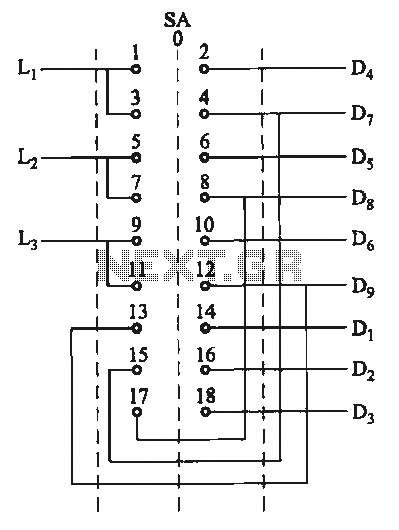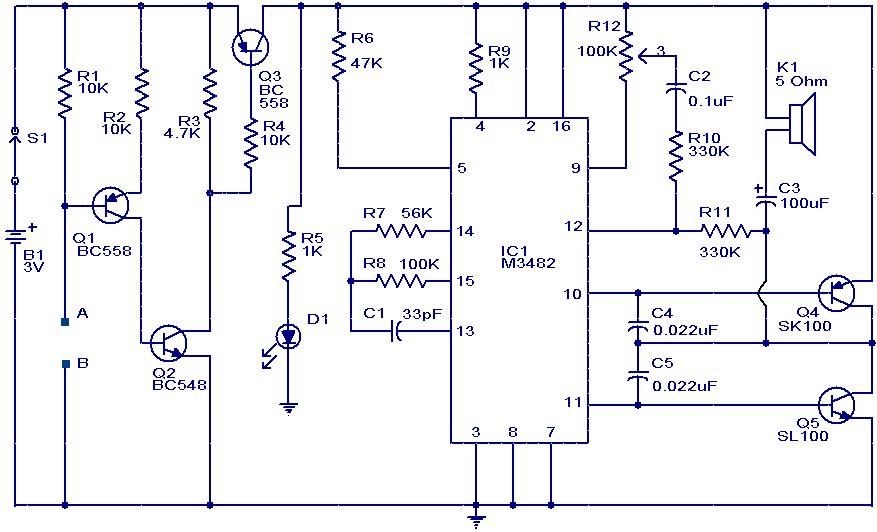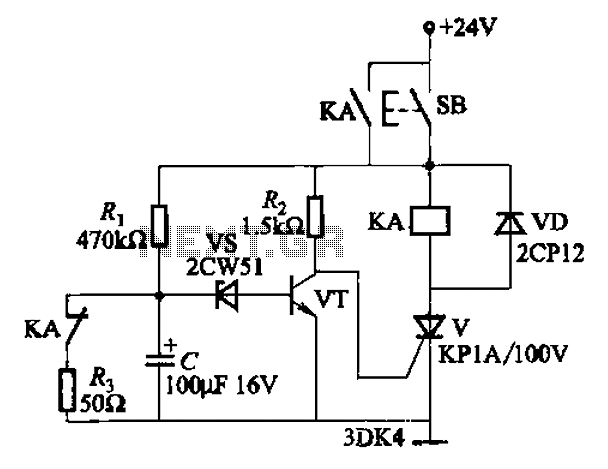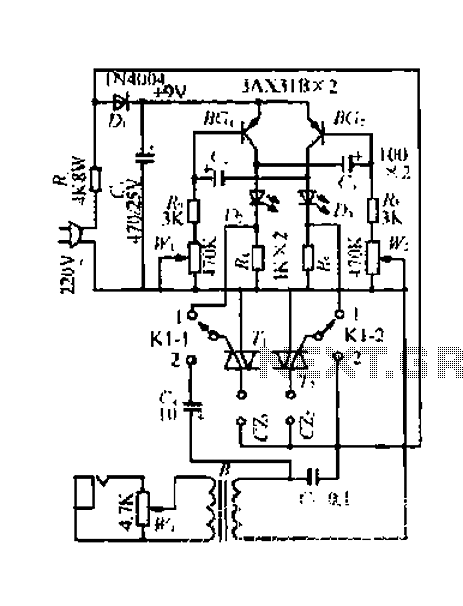
Portable NiCd Battery Charger Circuit
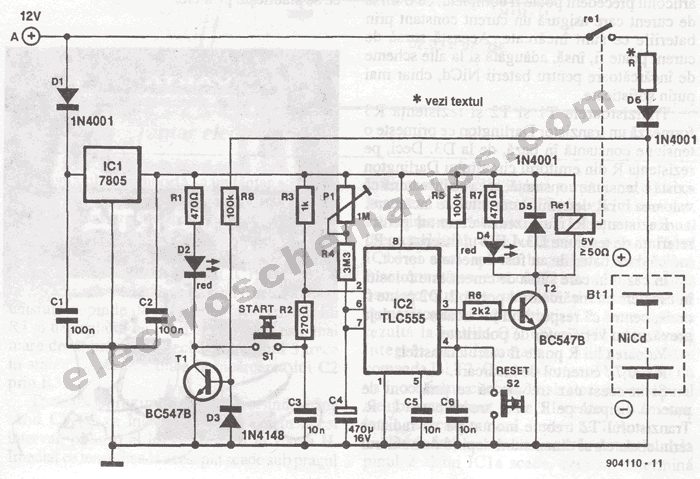
The portable battery charger has been designed to enable the charging of NiCd batteries outdoors using a 12 V vehicle battery.
The portable battery charger is engineered to facilitate the charging of Nickel-Cadmium (NiCd) batteries in outdoor environments, leveraging the power from a 12 V battery typically found in vehicles. This design is particularly beneficial for users who require a reliable power source for their devices while away from standard electrical outlets.
The circuit comprises several key components to ensure efficient operation and safety. At the core of the charger is a buck converter circuit, which steps down the 12 V input from the vehicle battery to the appropriate charging voltage required for NiCd batteries, typically around 1.2 V per cell. The buck converter is controlled by a pulse-width modulation (PWM) signal, allowing for precise voltage regulation and improved efficiency.
To protect against overcharging, the circuit integrates a microcontroller that monitors the battery voltage and current. This microcontroller can adjust the PWM signal based on the feedback received, ensuring that the batteries are charged optimally without exceeding their maximum voltage rating. Additionally, it includes safety features such as thermal protection and reverse polarity protection to safeguard both the charger and the batteries.
The input section of the charger includes a fuse to prevent any potential short circuits or overloads from the vehicle battery. The output section is equipped with standard connectors compatible with various NiCd battery packs, allowing for versatile use with different devices.
Furthermore, the design incorporates LED indicators to provide visual feedback on the charging status. A green LED indicates that charging is complete, while a red LED signals that charging is in progress. This feature enhances user experience by providing clear and immediate information about the state of the charging process.
In summary, this portable battery charger represents a practical solution for outdoor battery charging, combining efficiency, safety, and user-friendly features to meet the needs of users requiring power on the go.The portable batteries charger has been designed to provide an opportunity to load NiCd batteries even in the outdoors from a 12 V battery of a vehicle. Wh.. 🔗 External reference
The portable battery charger is engineered to facilitate the charging of Nickel-Cadmium (NiCd) batteries in outdoor environments, leveraging the power from a 12 V battery typically found in vehicles. This design is particularly beneficial for users who require a reliable power source for their devices while away from standard electrical outlets.
The circuit comprises several key components to ensure efficient operation and safety. At the core of the charger is a buck converter circuit, which steps down the 12 V input from the vehicle battery to the appropriate charging voltage required for NiCd batteries, typically around 1.2 V per cell. The buck converter is controlled by a pulse-width modulation (PWM) signal, allowing for precise voltage regulation and improved efficiency.
To protect against overcharging, the circuit integrates a microcontroller that monitors the battery voltage and current. This microcontroller can adjust the PWM signal based on the feedback received, ensuring that the batteries are charged optimally without exceeding their maximum voltage rating. Additionally, it includes safety features such as thermal protection and reverse polarity protection to safeguard both the charger and the batteries.
The input section of the charger includes a fuse to prevent any potential short circuits or overloads from the vehicle battery. The output section is equipped with standard connectors compatible with various NiCd battery packs, allowing for versatile use with different devices.
Furthermore, the design incorporates LED indicators to provide visual feedback on the charging status. A green LED indicates that charging is complete, while a red LED signals that charging is in progress. This feature enhances user experience by providing clear and immediate information about the state of the charging process.
In summary, this portable battery charger represents a practical solution for outdoor battery charging, combining efficiency, safety, and user-friendly features to meet the needs of users requiring power on the go.The portable batteries charger has been designed to provide an opportunity to load NiCd batteries even in the outdoors from a 12 V battery of a vehicle. Wh.. 🔗 External reference
